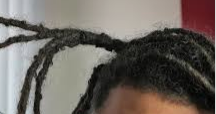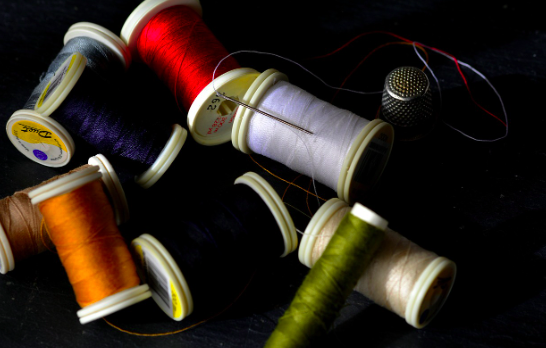In a previous post titled “How do you appreciate a Teacher”, I highlighted
the fact that a stint in Home Economics class in high school (along with some help from my mom) helped me enormously when fixing broken or damaged locs. It is crazy to think that something you were so nonchalant about could turn out helping you later in life!
Sewing is a skill in which most people have little interest unless they have an alteration. Why it has
so much importance here, is that it is an invisible way of fixing broken or damaged locs. If you do not already know, dreads/locs were not a service done in salons until the early 2000s. Repairs were therefore new to me then and I would use mostly knotting. After a time, I realized that knotting could not be the only way to repair locs, because it would only work in certain cases.


As I do sew-in hair extensions, I decided that sewing would be a better way to
get rid of the weird bumps that would result from only knotting. It proved to be a much better way to address this situation. I have refined my method over time but as locticians, we need to remember that the purpose of the service is to make the client’s hair look as attractive as possible: Here are some things to note when fixing broken or damaged locs:
- Thread should not be wrapped around the locs in random areas.
- The colour of the thread used should be a direct match to the client’s hair.
- The end of thread used on the hair should not be left hanging out at various lengths.
- The sewing should be as invisible as possible.
- Glue is not suitable to join broken locs.
Call (613) 789-2179 For An Appointment If You Are In The Ottawa, Ontario Area.
The method you use to fix broken or damaged locs is a matter of choice but you should definitely be making sure the hair looks as natural as possible.
By Paula Barker, Silkie Locks Hair Design


Recent Comments